England’s flourishing economy under the four King Georges (1714 – 1830) spilled over to the kitchen. Culinary delights were in demand. The number of pastry chefs and confectioners increased by almost 20,000 from the late Georgian period to middle Victorian era.
Recipe books abounded. Inventors tinkered with refrigeration as early as 1755. The first gas stove was developed in the 1820s (and patented in 1826).
Was cooking then the same as now? Yes and no.
Writing Georgian romance takes an author down some interesting paths. One of them has been reading reprints of Georgian era cookbooks and books on the Georgian love affair with fine food. Though 200 or so years have passed, certain gastronomical terms are like a foreign language. On occasion, those old cookbooks need translation, such as these 8 Georgian kitchen necessities:
- Creed is crushed barley.
- Gravy was called “browning” in recipes.
- Strawberries then and now: A Carolina strawberry is the modern-day garden/grocery store strawberry. They are bigger varietals with reddish-pinkish insides (and a little white). The Scarlett strawberry is the “wild” strawberry Georgians enjoyed (domesticated much later). Scarlett berries are smaller, highly seasonal during the Georgian era, and the inner flesh a solid white.
Originally, the French monarchy’s early 18th century hot houses developed the strawberry from a wild varietal for medicinal purposes. Eventually, it’s flavor and visual appeal made it a favorite fruit. Only the very wealthy would have enjoyed hot house strawberries such as my hero, Cyrus Ryland in The Lady Meets Her Match.
- China oranges are called this because oranges first came from China. While many romance novels mention oranges, the fruit during Georgian times was really referred to as China oranges.
- Georgian recipes often called for “anchovy liquor” with meat dishes. The modern-day equivalent would be Worcestershire Sauce.
- Sugar came to most consumers as a loaf. Ships brought sugar cane (stalks) to England. The canes were boiled
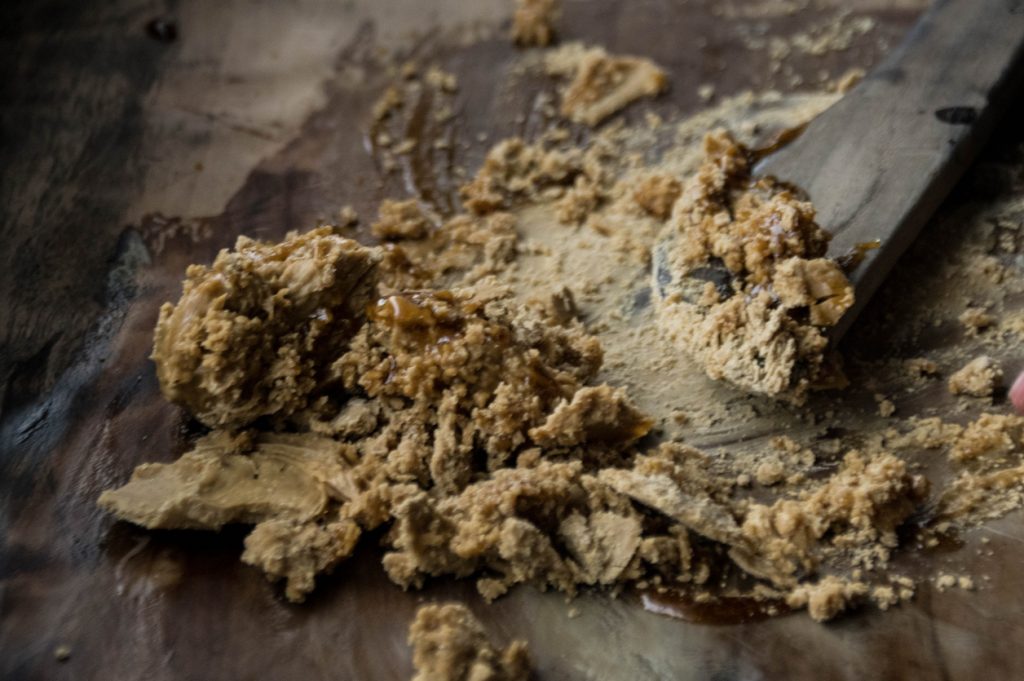
What you see here is the making of raw sugar straight from a sugar cane press. and the liquid sugar was poured into a clay mold, which made the cone shape once it cooled. Georgian cooks broke off chunks of the sugar with tongs. Double refined sugar was of the highest quality and very white. My heroine, Genevieve in The Lord Meets His Lady, enjoys sugar in her coffee.
- Lisbon sugar was a softer, darker sugar. It was considered inferior to sugar from Jamaica or Barbados. The modern equivalent is our gold or brown sugar.
- Alligar is a mix of ale vinegar and salt.
- A pipkin is an earthenware cooking pot.
- Ambergris (French for grey amber) comes from sperm whales and is used mostly in perfumery. Historically, the substance was used in food and some cultures considered it an aphrodisiac.
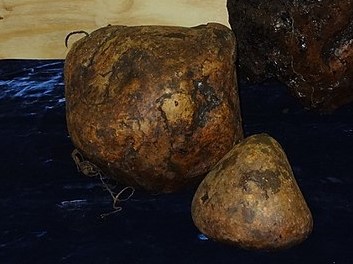
In its raw state, the substance is the whale’s digestive secretion. At one time, it was found widely in the Atlantic and Indian Oceans. As ambergris ages (read that as exposure to sun, air, and in some instances floating in sea water for months or years), the awful stench changes to a sweet, earthy/ocean scent.
Why ambergris in food? Aside from mystical sensual attributes, the waxy substance mixes well with oils. In perfume, it made the scent linger on a woman’s skin. In foods, it added texture which teased the tongue. Maybe tactile pleasuring of the tongue worked for Georgians? Finer restaurants use ambergris in food and cocktails to this day.
Thanks for taking this journey with me into the fascinating world of Georgian cooking!
~ Gina
P.S. Did you enjoy this post? Why not share it? Find easy social media share buttons on the upper left side of the screen.
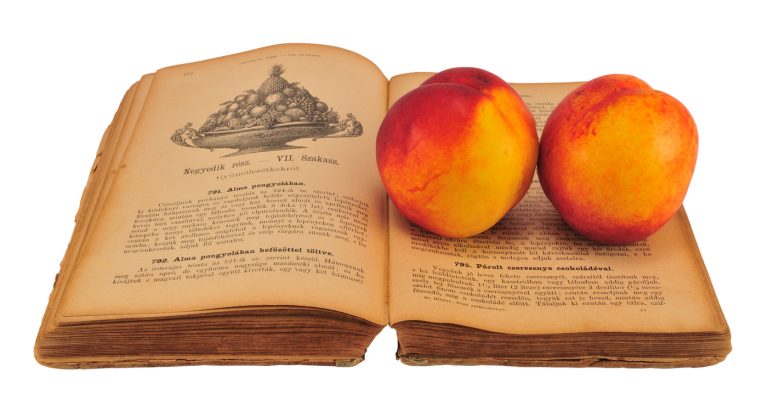
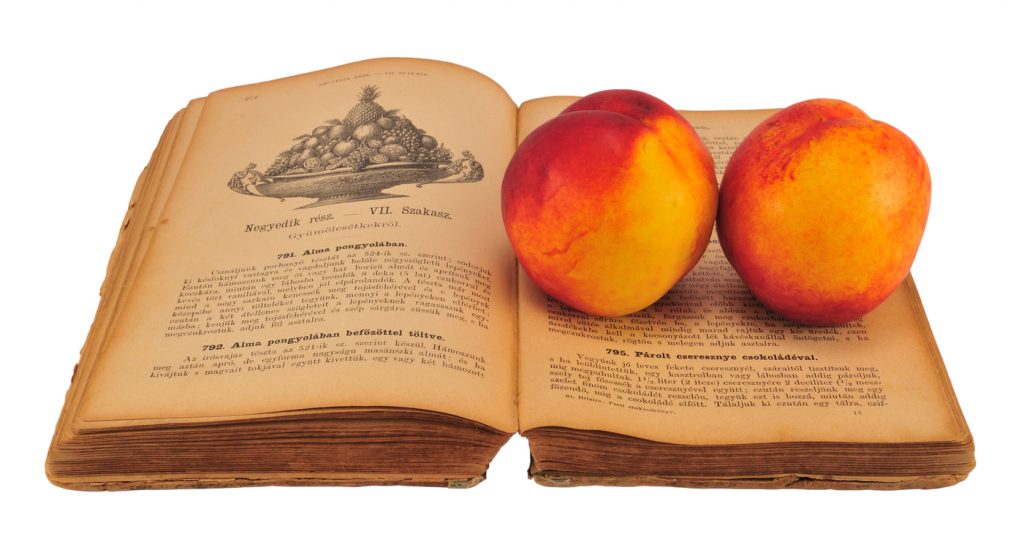
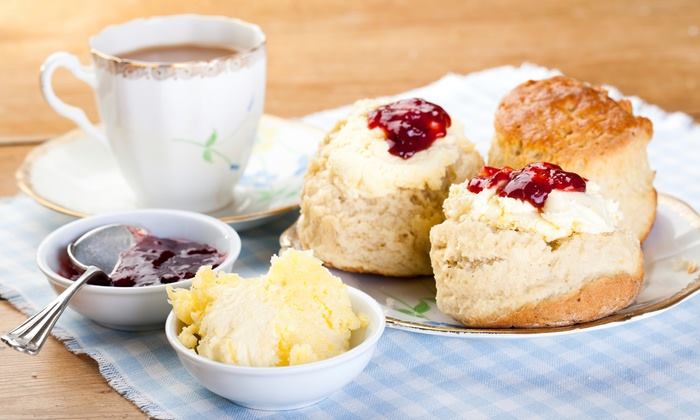
I love these informative tidbits! Love the pictures, the information about the names, and what they mean. Thank you Gina! Have A Joyful Day!
Hi Carol,
You’re welcome. It’s fun to do these dives into history.
Thanks for stopping by the blog and you have a great day too 🙂
-Gina